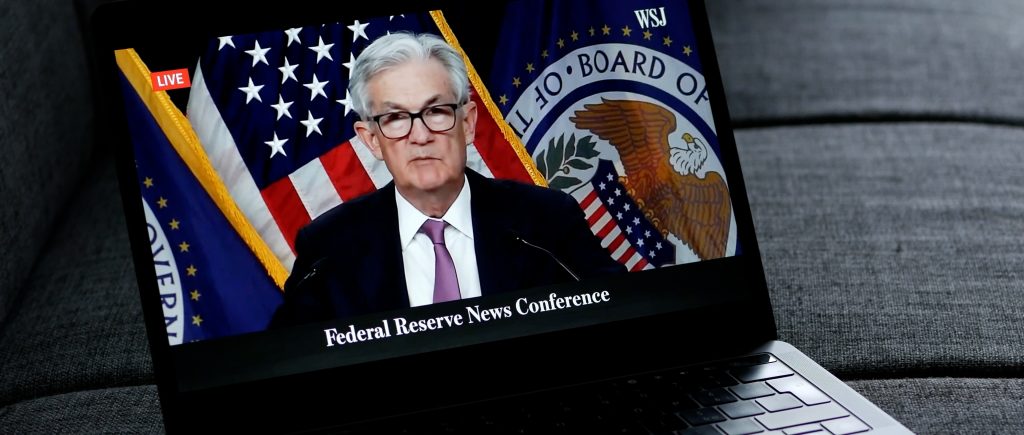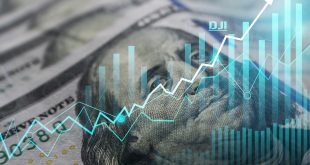The British Pound has seen a sharp recovery after retracing to 1.2620 against the US dollar in Tuesday’s New York session. This comes as the US Dollar surrenders its gains after Fed Chair Jerome Powell admitted progress in disinflation in his speech at the European Central Bank (ECB) Forum on Central Banking. Powell also added that the central bank has made some progress in inflation but said more good inflation data is needed before reducing interest rates.
Investors will closely monitor the United States Nonfarm Payrolls (NFP) data for June, scheduled on Friday, to determine whether the Fed should start reducing interest rates from the September meeting. Meanwhile, the US Bureau of Labour Statistics (BLS) reported upbeat JOLTS Job Openings data for May, with 8.14 million new job vacancies.
The Pound Sterling recovers against major peers from Europe, Asia, and the Asia-Pacific but underperforms against North American currencies in Tuesday’s session. The British currency attracts bids even though easing UK price pressures have boosted expectations of early rate cuts by the Bank of England.
The British Retail Consortium reported that annual shop price inflation grew 0.2% in June, at the slowest pace since October 2021. Food inflation slowed straight for 14 months, declining to 2.5% from 3.2%, and prices for non-food items fell by 1.0% year-on-year.
Annual headline inflation, measured by the Consumer Price Index (CPI), has already returned to the bank’s target of 2%. High inflation in the service sector remains a major concern for BoE officials, who want it to decline significantly to gain confidence for pivoting to policy normalization. Investors expect the BoE to start reducing interest rates at its upcoming meeting in August.
Fed Chair Jerome Powell has expressed satisfaction with the progress on inflation over the past year, but he wants to see more before being confident enough to start cutting interest rates. Powell said that the last reading and the one before it to a lesser extent suggest that we are getting back on the disinflationary path.
Fed wants to be more confident that inflation is moving sustainably down toward 2% before we start the process of reducing or loosening policy. Powell spoke at a central banking forum in Sintra, Portugal, where he also included European Central Bank President Christine Lagarde and Brazil central bank Governor Roberto Campos Neto.
The comments come as markets closely watch moves from the Fed and its global counterparts as inflation shows signs of easing and some central banks, including the ECB, have slowly started rolling back interest rates. The Commerce Department’s personal consumption expenditures price index, which the Fed focuses on as its main inflation gauge, rose at a 2.6% 12-month level in May.
That level has come down steadily after being around 4% a year ago, though policymakers do not expect it to reach the Fed’s 2% goal until 2026. While Powell said he sees progress on inflation, he is wary of moving too soon and threatening the downward path of price increases, which hit their highest pace since the early 1980s two years ago.
Risks of moving too late as opposed to too soon have come into better balance this year as inflation has ebbed and the economy and labor market have stayed strong.
By contrast, the Fed spent much of the past year worried that cutting rates too soon and allowing inflation to resume its upward trek posed the greater risk. Market pricing has since adjusted to anticipate two cuts, one in September and another before the end of the year. However, members of the rate-setting Federal Open Market Committee penciled in just one.
Powell was asked if he thought the Fed might cut in September, but he responded that he will not be landing on any specific dates here today. He also was asked about whether he was concerned about the political climate and specifically should Donald Trump, a fierce Powel critic, win the November presidential election.
Federal Reserve Chair Jerome Powell said that policymakers have made “quite a bit” of progress on fighting inflation, but that he needs to see more evidence before starting to reduce interest rates. He said that inflation reports from April and May show that price pressures are fading from the economy – and reiterated that the Fed wants that progress to continue.
Officials voted at their most recent meeting in May to hold interest rates steady at a range of 5.25% to 5.5%, the highest level since 2001. Although policymakers left the door open to rate cuts later this year in their post-meeting statement, they also stressed the need for “greater confidence” that inflation is coming down before easing policy.

 Noor Trends News, Technical Analysis, Educational Tools and Recommendations
Noor Trends News, Technical Analysis, Educational Tools and Recommendations




